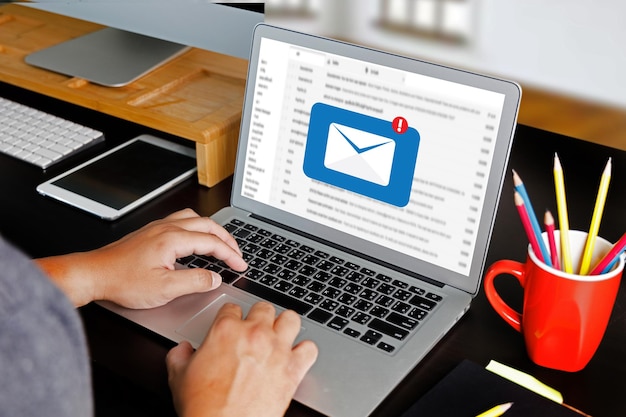
—
Targeted Email Marketing: Benefits, Methods, and Examples
Targeted email marketing is the secret ingredient for making email an effective channel for any SaaS business. But how can you implement it in a way that improves product engagement and drives business growth? In this article, we’ll explore the benefits of targeted email marketing in SaaS, how to segment your audience for more impactful campaigns, and practical steps to set up and optimize your efforts.
What is Targeted Email Marketing?
Targeted email marketing is a tactical approach that involves sending personalized emails to different segments of your audience based on their unique characteristics, preferences, and behaviors. Unlike generic email blasts, these emails are carefully crafted to resonate with the recipient, increasing the likelihood of engagement, conversion, and customer retention.
Benefits of Targeted Email Marketing
Targeted email marketing is about creating meaningful connections with your audience. Here’s how it benefits your business:
– Boosts Customer Engagement: Delivering content that interests the recipient increases engagement.
– Enhances Customer Retention: Personalized emails make customers feel valued, leading to increased loyalty.
– Improves Conversion Rates: Tailored messages are more likely to prompt recipients to take action.
– Increases ROI: With higher engagement and conversion rates, targeted campaigns often yield better returns.
– Facilitates Better Data Analysis: Tracking performance provides insights into customer behavior and preferences, informing future strategies.
Types of Target Audience Segmentation
Segmenting your audience is key to crafting personalized and effective email campaigns. Here are the main types of segmentation:
1. Demographic Segmentation: Organizes your audience based on characteristics like age, income, and occupation.
2. Psychographic Segmentation: Focuses on values, interests, and preferences, often requiring creative data collection methods.
3. Geographic Segmentation: Divides the market based on location, useful for regional customization.
4. Behavioral Segmentation: Based on customer interactions with your product, offering insights into preferences and purchase readiness.
How to Build a Targeted Email Marketing Campaign
Here’s a step-by-step guide to creating a successful targeted email marketing campaign:
1. Define Goals: Start with clear, SMART goals (Specific, Measurable, Achievable, Relevant, Time-bound) aligned with business objectives.
2. Collect Data: Gather necessary data for segmentation through user sign-ups, in-app behavior tracking, and feedback.
3. Choose an Email Marketing Platform: Select a tool that supports advanced segmentation, automation, A/B testing, and integration with your tech stack.
4. Integrate Data: Ensure your chosen platform integrates well with your systems for up-to-date user data.
5. Create Personalized Messages: Craft emails that address the recipient’s needs, preferences, and journey stage.
6. A/B Test Campaigns: Continuously test different elements of your emails to optimize performance.
7. Measure Success and Iterate: Use analytics to evaluate success against goals and refine strategies.
Examples of Targeted Email Marketing Campaigns
Here are some real-world examples showcasing the potential of targeted email marketing:
– Loom’s Free Trial Reminder: Sends reminders to free trial users just before their trial ends, encouraging upgrades.
– Baremetrics’s Personalized Emails: Uses behavioral segmentation to re-engage inactive users with targeted trial opportunities.
– Adobe’s Geographic Targeting: Sends emails to users in Asia during the Lunar New Year to strengthen engagement.
– Grammarly’s Follow-up Emails: Follows up with users who missed initial promotional emails, encouraging them to act.
– Etsy’s Product Recommendations: Sends tailored product recommendations based on user interests.
Conclusion
When done well, targeted email marketing can significantly enhance user engagement, drive growth, and retain customers in any SaaS business. By understanding your audience deeply and crafting personalized messages that resonate with their specific needs and behaviors, you can dramatically improve the effectiveness of your email marketing efforts.